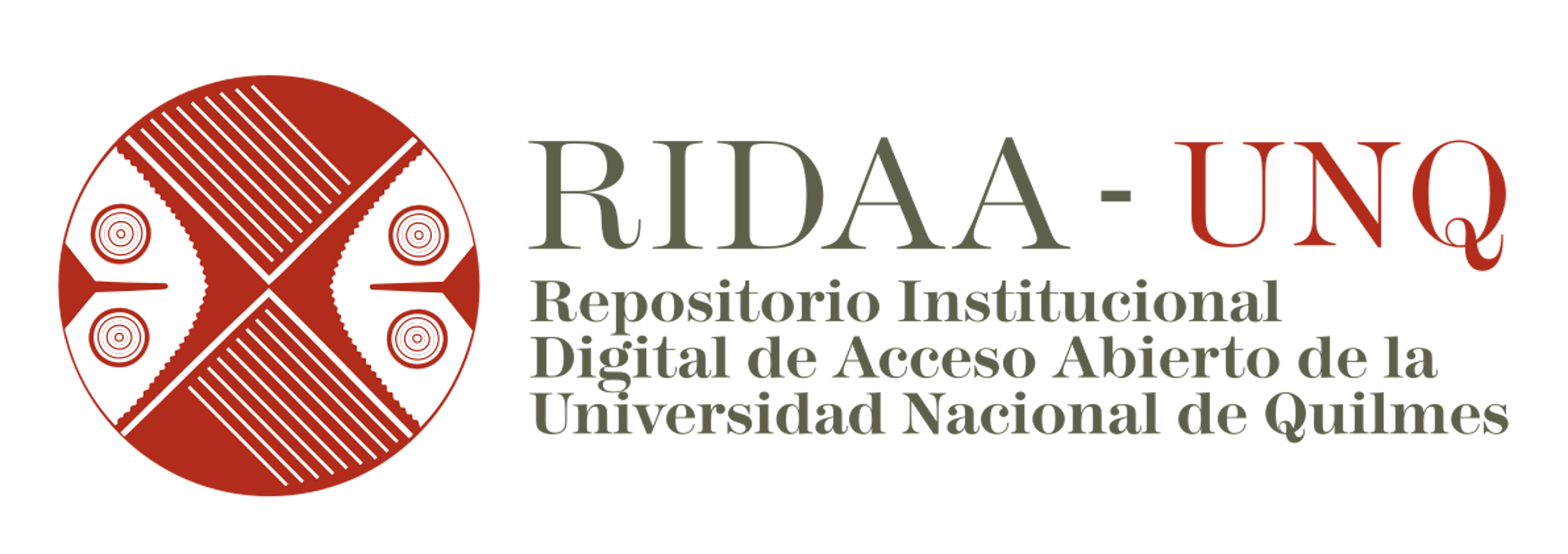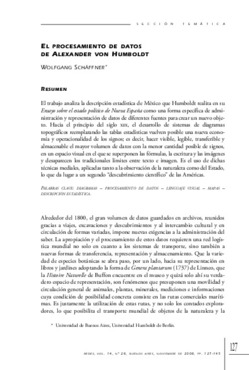El procesamiento de datos de Alexander von Humboldt
Alexander von Humboldt´s data processing
Abstract
El trabajo analiza la descripción estadística de México que Humboldt realiza en su Ensayo sobre el estado político de Nueva España como una forma específica de administración y representación de datos de diferentes fuentes para crear un nuevo objeto. Hacia el principio del siglo XIX, el desarrollo de sistemas de diagramas topográficos reemplazando las tablas estadísticas vuelven posible una nueva economía y operacionalidad de los signos; es decir, hacer visible, legible, transferible y almacenable el mayor volumen de datos con la menor cantidad posible de signos, en un espacio visual en el que se superponen las fórmulas, la escritura y las imágenes y desaparecen los tradicionales límites entre texto e imagen. Es el uso de dichas técnicas mediales, aplicadas tanto a la observación de la naturaleza como del Estado, lo que da lugar a un segundo “descubrimiento científico” de las Américas. The paper examines the statistic depiction of Mexico that Humboldt provides in his “Essai politique sur le Royaume de la Nouvelle Espagne” as a specific form of processing and representing data obtained from different sources in order to create a new object. Towards the beginning of the 19th century, topographic diagram systems had replaced the statistic tables. This development made possible a new economy and operationality of data: it thus became possible to make visible, legible, transferable and storable the biggest amount of data with the less possible amount of signs, in a visual space in which formulas, writing and images overlap and the traditional limits between text and image disappear. The use of these techniques, applied to observe both nature and society, gave place to a second “scientific discovery” of the Americas.

